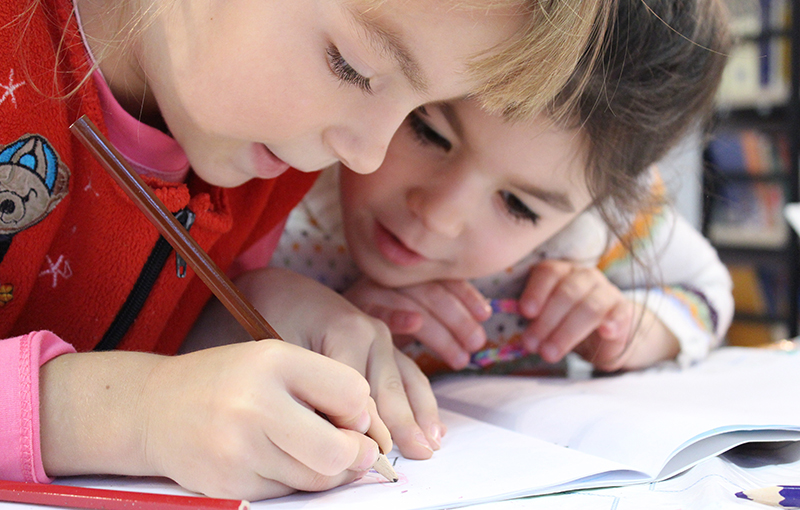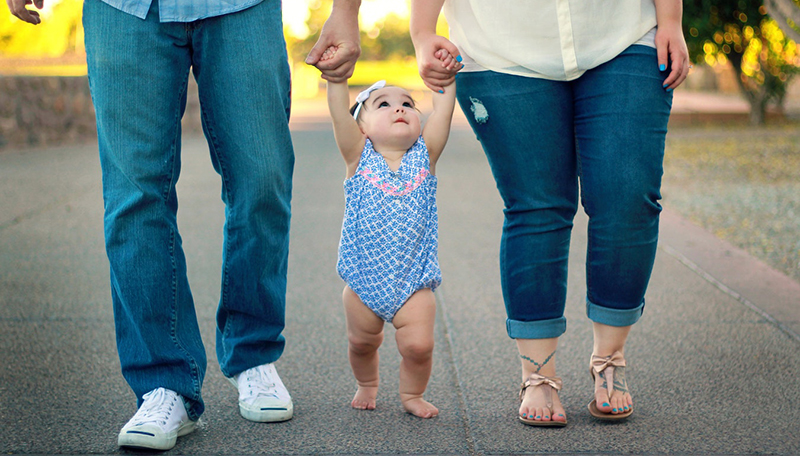Search

News & Events
School readiness is more than just test resultsA new study by researchers at The Kids Research Institute Australia has found there is a bigger picture to consider when determining whether a child is ready to start school.

News & Events
WA, Queensland leading nation’s improvements in early childhood outcomesWestern Australia and Queensland are leading the nation when it comes to ensuring children have a good start at school, according to a study by researchers at The Kids Research Institute Australia.

News & Events
How to tell if your baby is meeting their social and developmental milestonesPaediatrician and researcher Dr Lana Bell shares some important milestones for social development to look out for in the first year of life.
Research
How we measure language skills of children at scale: A call to move beyond domain-specific tests as a proxy for languageThe aim of this research note is to encourage child language researchers and clinicians to give careful consideration to the use of domain-specific tests as a proxy for language; particularly in the context of large-scale studies and for the identification of language disorder in clinical practice.
Research
Small for gestational age at term and adult lung functionCitation: Wang KCW, James AL. Small for gestational age at term and adult lung function. Respirology. 2023:28(2);99-100 Keywords: Paediatrics;
Research
Parent-infant interaction quality is related to preterm status and sensory processingParent-infant interactions provide the foundation for the development of infant socioemotional wellbeing. Preterm birth can have a substantial, and often detrimental, impact on the quality of early parent-infant interactions. Sensory processing difficulties, common in preterm infants, are further associated with poorer interaction quality.
Research
Exploring offending characteristics of young people with foetal alcohol spectrum disorder in Western AustraliaNeurodevelopmental impairments resulting from Foetal Alcohol Spectrum Disorder (FASD) can increase the likelihood of justice system involvement. This study compared offence characteristics in young people with FASD to demographically matched controls (n = 500) in Western Australia.
Research
Parents' Perceptions of the Neighbourhood Built Environment Are Associated with the Social and Emotional Development of Young ChildrenThe influence of the neighbourhood built environment on young children's physical development has been well-documented; however, there is limited empirical evidence of an association with social and emotional development. Parental perceptions of the neighbourhood built environment may act as facilitators or barriers to young children's play and interactions in their local environment. The aim of this study was to examine the associations between parents' perceptions of the neighbourhood built environment and the social-emotional development of children aged two-to-five years.
Research
Effect of single versus multistrain probiotic in extremely preterm infants: a randomised trialEvidence indicates that multistrain probiotics benefit preterm infants more than single-strain (SS) probiotics. We assessed the effects of SS versus triple-strain (TS) probiotic supplementation (PS) in extremely preterm (EP) infants.
Research
Parental preconception BMI trajectories from childhood to adolescence and asthma in the future offspringRecent evidence suggests that parental exposures before conception can increase the risk of asthma in offspring. We investigated the association between parents' preconception body mass index (BMI) trajectories from childhood to adolescence and subsequent risk of asthma in their offspring.
